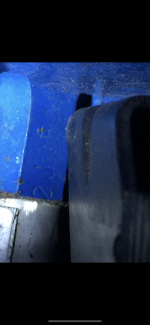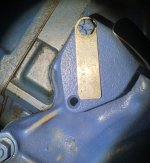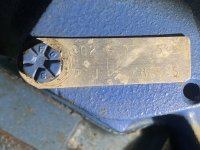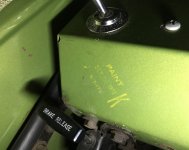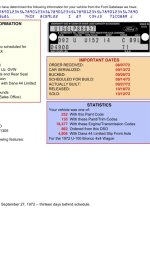jamesroney
Sr. Member
Yeah, I knew that we agreed far more than we disagreed. So I didn't want to get tripped up on the nuances.What’s funny is, I agree with everything you said. But I still firmly believe those late built “72s” would be 73s if they had met emissions standards for 73.
Dirtdonk said basically what I’ve believed for years and said on FB. It was done to sell them without having to comply to 73 standards. And for the record I’m not saying they are legally 73s, obviously they were titled from day one as a 72 and all Ford records support such.
I care nothing about getting a “win”. You can have it. We basically believe the same thing but you think my way of looking at it is “funny” which is fine, I’ll agree to disagree.
Oh, and I wasn't looking for a win against you. I was looking for a "win" for the Bronco community in general.
And again semantics. (because we agree fundamentally, just a different way to look at it...) To say that "it was done to sell them without having to comply to 73 standards" is a factually accurate statement. But it is not truth. And if we leave off the rest of the relevant facts...then we lose the truth. Because implicit in that statement is the notion that the 72 Bronco SHOULD comply with the future requirements of an inapplicable 73 standard. Thus the logical flaw:
1. It was done to sell them without having to comply to 1973 standards.
2. The 1973 standard had an effective date of 1-Jan-1973. (with lots of caveats...)
3. The 1973 standard was not in effect at the time of production. (also, lots of caveats...)
4. The 1972 standard was the controlling requirement at the time of production.
5. The vehicle conforms to all applicable motor vehicle standards in effect on the date of manufacture.
6 The 1973 standard excludes prior year standards.
7. The 1972 Bronco is in compliance with the 73 standard.
Once we agree that these are indeed 1972 year model Broncos, then we can have an interesting and relevant discussion regarding changes for the model year 73. Because it breaks the model year vs running change paradigm. The J-shift transfer case is already a running change. Power steering becomes a running change. Dash lights become running change. Many of the features that we conveniently associate with a particular year model get broken.
Telling people that Power Steering was available in a 1972 Bronco hurts their feelings.
And totally agree with you that Ford would have preferred to build these as 1973's. And the reason for why they couldn't is still interesting to guys like @toddz69












